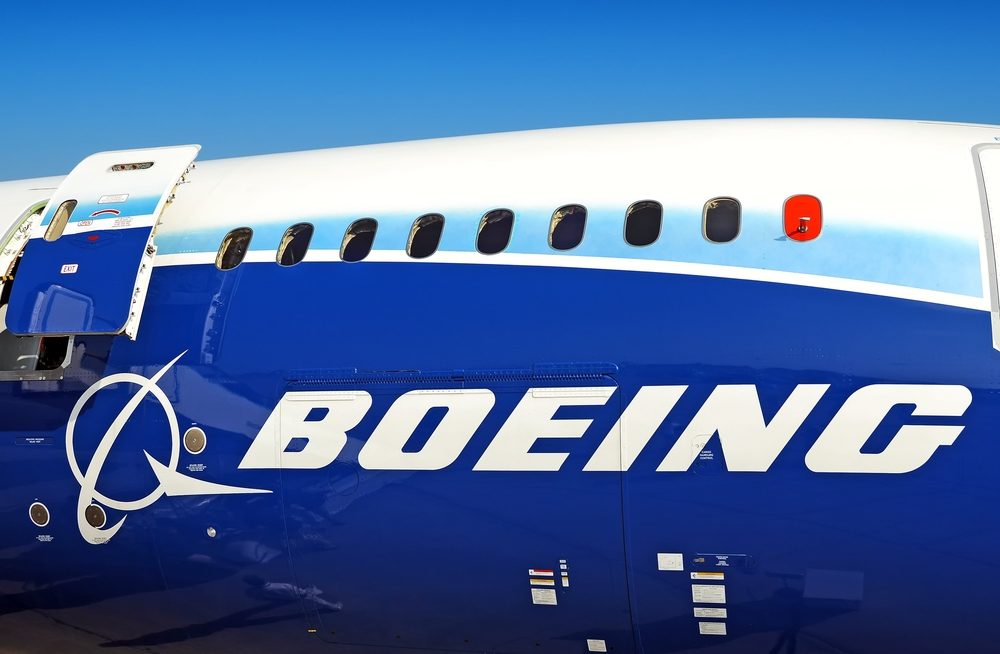Boeing 737 Max Safety Questioned After Ethiopia Crash, Some Planes Grounded

Federal aviation officials are calling for a safety evaluation of Boeing 737 MAX airplanes, following two recent plane crashes that have occurred in recent months, leading at least at least two countries to ground similar aircraft.
Over the weekend, an Ethiopian Airlines Boeing 737 MAX 8 crashed minutes after taking off from Addis Ababa, killing all 157 passengers and crew members. The accident has renewed safety concerns about the new Boeing plane design. which was also involved in a crash in Indonesia late last year.
Officials report that Ethiopian Airlines Flight 302, bound for Nairobi, Kenya, sent out a distress call over the flight radar just minutes after entering the air, with the experienced pilot reporting that he was struggling to ascend at a stable speed.

Did You Know?
Change Healthcare Data Breach Impacts Millions of Customers
A massive Change Healthcare data breach exposed the names, social security numbers, medical and personal information of potentially 100 million Americans, which have now been released on the dark web. Lawsuits are being pursued to obtain financial compensation.
Learn MoreRecords of the dialogue indicate the pilot was cleared to return to the airport, but the plane lost communications with ground control six minutes after take-off, and crashed to the ground in a small town southeast of the capital, leaving no survivors.
The same model Boeing was involved in the Lion Air Flight 610 crash in October. According to air traffic reports, the pilot of Flight 610 fought 26 times to level off the airplane, but the Boeing anti-stall system repeatedly pushed the nose down, ultimately causing the plane to crash into the Java Sea only 11 minutes into the flight, killing all 189 passengers and crew members.
Following the Lion Air Boeing crash, the Indonesia’s National Transportation Safety Committee (KNKT) released a preliminary safety report indicating the Boeing 737 MAX was not airworthy, after finding the plane’s Angle of Attack (AOA) sensors malfunctioned, wrongly telling the automated systems that the plane was in a stall because the nose was too high. As a result, pilots may continue to pitch the nose downward or the automatic system may forcibly pitch the nose down, causing the plane to nose-dive.
After the most recent crash, at least 17 airline carriers around the world, including all located in China and Indonesia, have grounded their 737 MAX 8 fleets until further notice. Despite the increased safety concerns surrounding the models, at least 18 airline carriers including American Airlines and Southwest Airlines, which are heavy users of the MAX 8 model, continued to fly the planes on Monday.
Following the Indonesian crash in October, the Federal Aviation Administration (FAA) issued an emergency air worthiness directive, which advised all pilots operating a Boeing Model 737 Max that the AOA sensors may produce erroneous readings and cause the plane to abruptly dive, increasing the risk of a crash.
Boeing indicated on Monday that it is still working on developing a software upgrade that will be pushed out to the entire 737 MAX 8 fleet in the upcoming weeks. The software upgrade will include a development to the flight control module that is anticipated to correct the AOA issues.
Although there are apparent similarities between the two Boeing crashes, the investigation of the Ethiopian Airlines crash has just begun and the cause of the crash has not yet been determined, according to the FAA. Officials have reported the plane’s two black boxes have been recovered for review.
Boeing issued a statement Sunday evening, sending their condolences to the relatives of the passenger and crew members killed on Flight 302, and indicating the company will be working diligently with the Ethiopian Accident Investigation Bureau and the U.S. National Transportation Safety Board to determine the cause of the fatal crash.





0 Comments